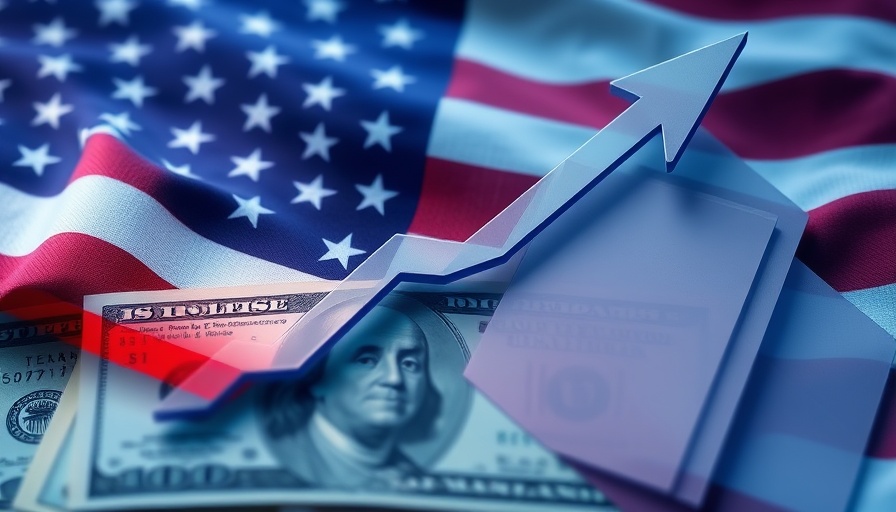
Understanding the Landscape: US Tariffs and Australia’s Aesthetic Industry
The aesthetics industry is currently navigating choppy waters, thanks in large part to the recent tariff policies implemented by the United States. As the Trump administration introduced a sweeping 10% global tariff on nearly all imported goods, including essential medical devices, Australia finds itself in a precarious position. Although the immediate impacts have been muted, experts within the industry emphasize that the ripple effects could be significant in the coming months.
Global Supply Chains: Built for Resilience
The COVID-19 pandemic has changed how manufacturers operate, with a growing emphasis on resilience in global supply chains. As many local distributors and manufacturers prepare for the potential fallout from the new tariffs, they express a cautious optimism. Matt Moncrieff, Managing Director of High Tech Medical, notes, "Manufacturers plan 6 to 12 months in advance — sometimes 18 months. Since COVID, they’ve become very good at hedging against supply shocks." This proactive approach could mitigate the indirect costs stemming from the tariffs in the short-term.
Tariffs and Their Indirect Impact
Despite current stability, the true concern for the aesthetic market lies in the indirect transmission of costs. The complexity of global supply chains means that manufacturers are often at the mercy of price shifts across continents. For instance, although Australian distributors haven't yet seen price hikes or shortages, the cascading effects from turmoil in the US market could soon trickle down. It is critical for stakeholders to remain vigilant and prepared for adjustments.
Local vs. Global: A Perspective Shift
In a globalized economy, local industries cannot ignore the international landscape. For example, BTL Aesthetics has managed to sidestep many upstream disruptions by controlling its entire production process in-house. “We’re in a fortunate position,” says Gareth Pepper, Director ANZ of BTL Aesthetics. This model enhances reliability, as it reduces dependency on foreign suppliers who may be affected by U.S. tariffs.
Future Trends: What Lies Ahead?
As consumers, especially women who are increasingly focused on their appearance, look to aesthetic treatments, it is essential to consider the broader economic implications of tariffs. If the costs on medical devices rise, aesthetic procedures may subsequently become more expensive. Although we are currently in a ‘wait and see’ phase, possible future trends should not be overlooked by any stakeholders in the industry. Keeping a close eye on trade policies may be crucial for both consumers and industry professionals alike.
Key Takeaways and Actionable Insights for Consumers
For those interested in aesthetic treatments, the recent developments may raise concerns about pricing and availability. Here are a few insights:
- Stay informed: Keep an eye on trade policies impacting the industry.
- Budget for potential increases: As costs may rise, plan your aesthetic treatments with an eye towards future pricing trends.
- Engage with local practitioners: Speak to your service providers about how they are handling these changes.
As tariffs reshape the landscape of the aesthetics industry, it remains crucial for everyone involved—consumers and practitioners alike—to stay vigilant about global developments and local impacts. Consider discussing these insights with professionals in your area to navigate this changing landscape effectively.
 Add Row
Add Row  Add
Add 




Write A Comment